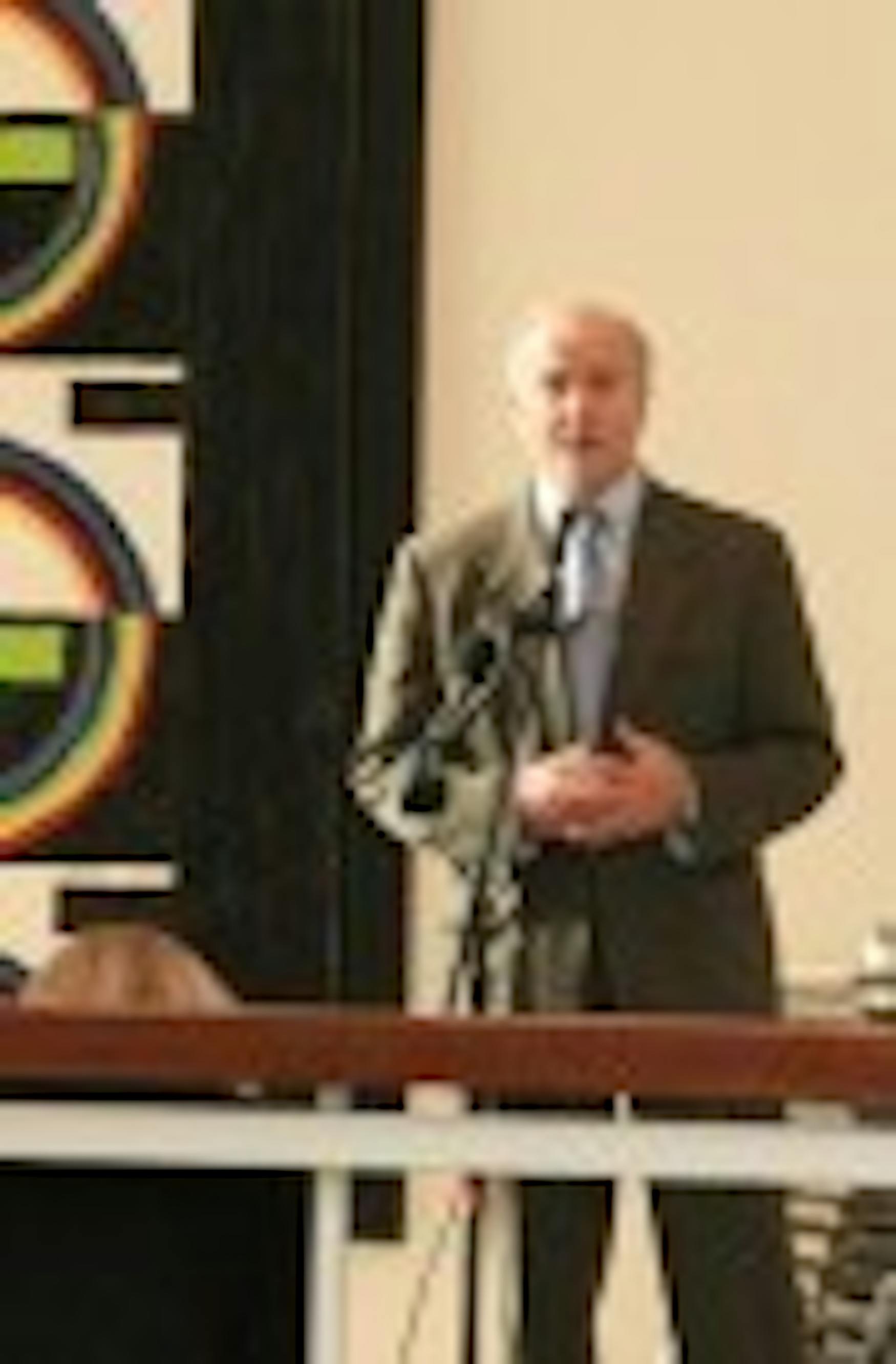Art world expresses anger at decision to close museum
Rose Art Museum donors, museum staff and the museum's Board of Overseers have expressed disappointment with the University's decision to close the Rose after last week's unanimous vote cast by the Board of Trustees.Chair of the Rose Board of Overseers Jonathan Lee explained that although the Board is concerned with the museum's finances, the University has "ultimate responsibility for the finances."
In a statement posted on the museum's Web site, Director of the Rose Art Museum Michael Rush emphasized, "neither the Rose staff nor the Rose Board of Overseers had any knowledge of this decision. Indeed, we were never consulted at all. We were informed one hour before the press release went out."
University President Jehuda Reinharz explained that the decision to close the museum was made public after the voting took place in order to "protect" Rush.
"It doesn't sound like a very thought-out position on Jehuda's part," Lee said.
In his speech at a student sit-in against the closing of the museum that took place last Thursday, Rush said, "as essential as [the Rose] is to Brandeis, it seems bigger than Brandeis, and this is what Brandeis may not quite understand, . that the Rose exists in a way that is so significant, that is so ancient."
The University has sold art in the past. In 1974 a Monet painting originally donated by Harold Kaplan was sold to the Museum of Fine Arts in Boston. The University was criticized in 1991 by the Association of Art Museum Directors for auctioning 12 paintings for $3.5 million at Christie's International in New York in order to make the Rose Art Museum financially independent.
However, Rush said in an interview with the Justice, "[The members of the Board of Trustees] have never done this on this scale before, [and] the times are different."
Lee said that the University's past decisions were "very contentious," as art should not be sold for operating purposes. "There are rules of ethics that just can't be violated that easily," he said.
Rush warned in his online statement, "No one will ever contribute funds, much less artwork, to this institution; no artwork will be lent to [Brandeis] from other institutions; no professional artist or curator will want to be associated with [Brandeis]."
Lois Foster, a long time benefactor of the museum whose husband founded the Lois Foster Wing of the Rose Art Museum in 2001, said she wanted to cry when Reinharz called her last Monday to inform her of the decision to close the museum.
"I'm not happy with Brandeis at all," Foster said. She added that "[the building] was given to house the collection, and I've learned from [the University's decision to close the museum] to never to give anything unless I have all kinds of legal papers that go with it," implying that the possession of legal papers would have placed a restriction on how her donations could be used.
Former Chair of the Rose Board of Overseers Jerry Fineberg, who donated up to 30 paintings to the museum as well as $2.5 million in support of a new wing that was never built, also received a phone call from Reinharz on Monday. Fineberg emphasized that he would be "very, very conscious about donating [in the future]." "Burn once, shame on you, but burn twice, shame on me," he said.
Lee said he believes the University will not sell the art displayed in the museum. "It would be a stupendous blow to [the University's] reputation." On the other hand, Fineberg thinks that the decision to close the museum will still be implemented.
Fineberg said, "I think [Reinharz] is like a deer whose eyes are set on the headlights. He sees the paintings and the value, and he is going to take that money and put it into the University."
"I think it's a huge mistake and history will judge this as a very, very sad day for Brandeis," Rush said in an interview with the Justice.
-Andrea Fineman and Hannah Kirsch contributed reporting.



Please note All comments are eligible for publication in The Justice.